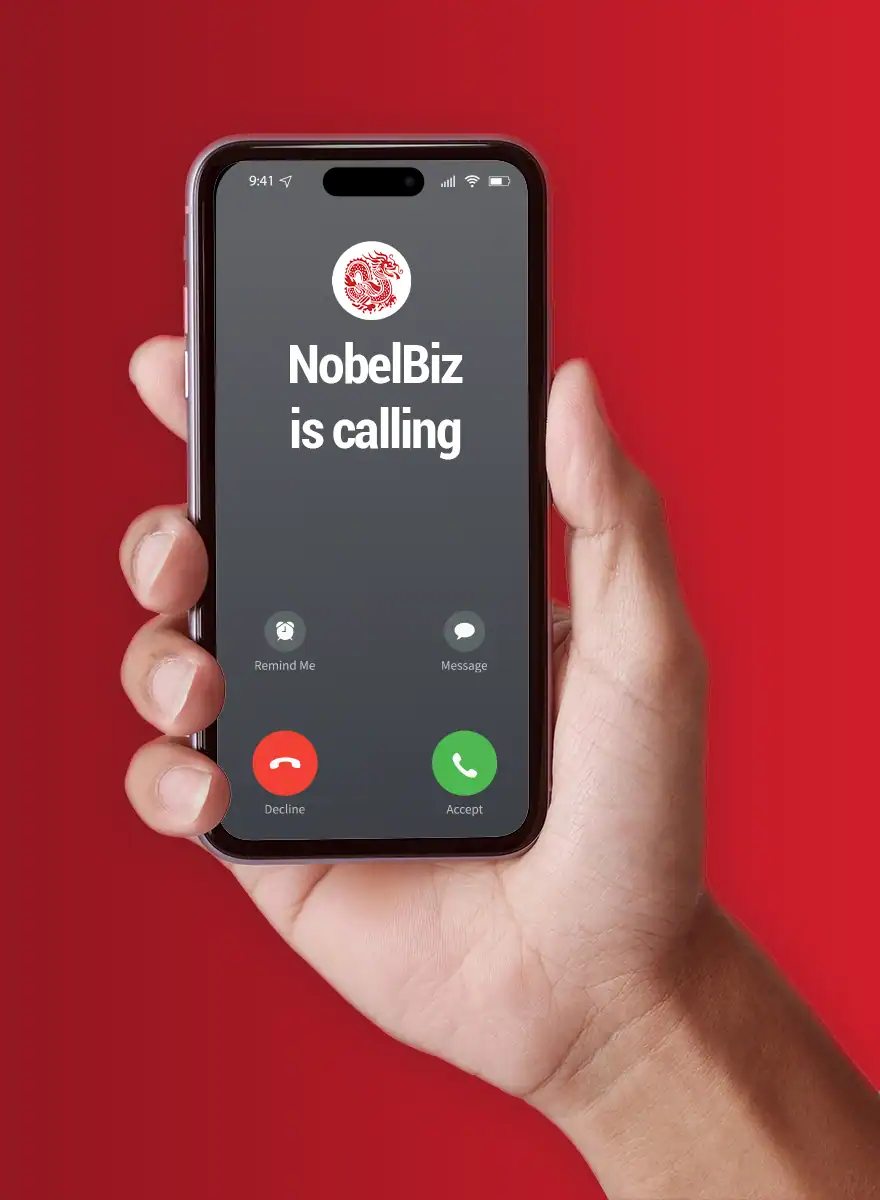How does the industry shift after a global pandemic?
What is the specific need contact centers have now and who will be the ones to rise and meet that need?
And why are some contact centers still slow to adopt what would be the only way to save their business?
That’s what I talked about during my brief appearance on the wonderful Nancy Munro’s podcast “Contact Center Insights.”
Here are a few key points that drove the discussion:
Nancy: Basically, you’ve built a system that’s a completely cloud-based call center, phone system – everything that can help with business redundancy and all that. Why don’t you tell us a little bit about how you got to that point where you thought this would be a great solution for the contact center space?
Steve Bederman on the Contact Center Insights Podcast.
Steve was invited to chat with Nancy Munro about how the cloud contact center space is changing and how new solutions are shaping the post-COVID world.
Steve: We’re a carrier for contact centers, which was a little bit different than the other carriers that a contact center runs into. Because we knew the contact center had a specific need – so we have a worldwide network, a carrier network. We’re not a referral telco, we’re a true carrier and over the years we’ve obviously grown to be the leader in that.
At some point in time – and this is really about six years ago – we realized that people were moving away from the on-premise and moving into the cloud. Our own relevancy required us to recognize that technology, not just backend carrier, was important.
Because we all had so much experience in contact centers ourselves – we began to build our own hosted platform, we’ve done some acquisition since, we’ve listened a lot to our clients to try to say what is relevant. The contact center space is not a quick adopter of new technology.
We say: “well what are they really using today?” – and obviously omnichannel is finally in motion within contact centers – although discussed for many years. And we fit perfectly as a carrier and a manufacturer.
Nancy: Right. I was at an event in NYC last year and they talked about how still 70% of contact centers at that time were on-premise. Even though you go to a trade show and you see cloud here, cloud there, omnichannel that. I think COVID-19 has really accelerated that timeline, forcing people into that business model. Have you seen that?
Steve: Well, I think change in itself – inevitably that dynamic leads to allowance of other decisions. So if you’re going to adopt it, if you’re moving agents home that you may not have had home, and they begin to be successful, but you also recognize that your own client base may not yet be using you as much because of the pandemic – you have to be able to say: Well what other things can my technology provide?
The fact of the matter is this: we’re all using a wide range of channels as consumers, on our website, we use chat, WhatsApp, we talk to people at the airlines – we do that with complete automation.
And when we can show a client that’s just gone home that they can enhance their offering and their own operations without any additional cost – then that becomes really attractive.
There’s no reason you need to charge more for a wide range of channels.
One last thing I would say is this: over the years, multichannel has been what people have been looking at. Which is: How do I do chat? How do I do email? How do I do voice or video? But they were always separate. So you would lose the chain of connectivity and reporting piece with the client.
Whereas today an omnichannel solution allows you to queue up any form of communication and allows you to do whatever it is – if it’s a chat, if it’s a video – it stays within the queue. And queue as any contact center will tell you is really the key to their need.
Nancy: I saw a demonstration at the same event and somebody says:
“I’m going to start with somebody on chat on our website, they’re having a problem, they did a screen share, they didn’t have to jump out of that channel to keep the thread going.”
So, I think that’s key: keeping the thread of communication going. Consistently. To me it’s like: well yeah! Why aren’t more people doing this? But you know you got those sunk costs in a lot of these call centers.
Steve: They sunk that into their capital expenditure over the years and they have on-site systems and their whole staff is based on supporting that on-premise system. So, it’s difficult to simply say: let’s change our whole model. But the pandemic is forcing the issue.
It’s less of a decision now for an owner of a contact center versus a necessity to go home. And all of a sudden they go home and they see limitations on their on-premise system. And then they see there may be some cost savings as well and they see it’s simple to use. Why wouldn’t you do it?
Nancy: And it’s a great redundancy plan for any business operation like that too!
If you like what you read, you can check and listen to the whole episode wherever you get your podcasts. And please do yourself a favor and leave us a message! It takes one minute at most and the value you could get is huge.
We’re ready to have a chat about how we can help you! So fill in the form below – what’ve you got to lose?


